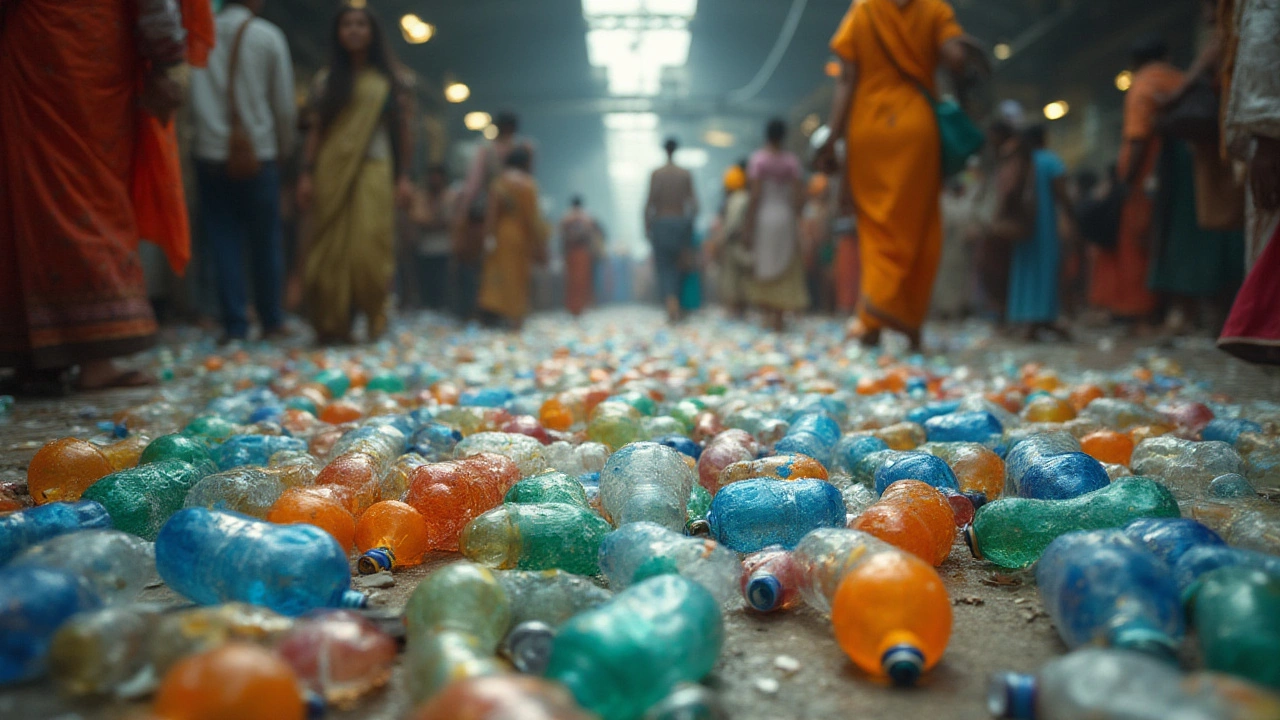Plastic Bags: What You Need to Know
Plastic bags are everywhere – in grocery aisles, online orders, and even in your car’s glove box. They seem simple, but the choices you make about them affect cost, convenience, and the planet. Let’s break down the basics so you can pick the right bag for the job and recycle it the right way.
How Plastic Bags Are Made and Sourced
Most bags start as polymer granules, usually polyethylene (PE). Manufacturers melt the granules, push the molten plastic through a thin tube, and blow it into a flat film. That film is then cut, sealed, and printed with logos or colors. The whole process can happen in a single plant or be split between a raw‑material supplier and a bag‑making facility.
Where do the raw materials come from? In India, large petrochemical complexes produce the polyethylene used by bag makers. Some companies import polymer from the Middle East or Asia, while others source locally to cut shipping costs. Knowing the source helps you gauge price stability – a local supplier can often keep costs lower during global supply shocks.
There are three main types of plastic bags:
- Low‑density polyethylene (LDPE) bags – soft, stretchy, great for grocery and produce.
- High‑density polyethylene (HDPE) bags – tougher, clearer, often used for retail and pharmacy packaging.
- Linear low‑density polyethylene (LLDPE) bags – stronger than LDPE, good for heavy‑duty or bulk bags.
Each type has its own recycling code (usually #2 for HDPE and #4 for LDPE). When you see the little number on the bag, that’s the cue for your local recycler.
Recycling, Reuse, and Choosing Sustainable Options
Plastic bags are one of the most recyclable items, but they often end up in the trash because people don’t know how to recycle them. Most curbside programs won’t accept loose bags; they’ll jam the machines. Instead, collect the bags and drop them at a grocery‑store collection point or a dedicated recycling bin.
If you want to go greener, look for bags made from recycled content. Some manufacturers now blend 30‑50% post‑consumer recycled PE into new bags. These bags still perform well and cut down on virgin plastic demand.
Another option is to switch to alternatives for specific uses. For example, reusable jute or canvas bags work great for grocery shopping, while biodegradable film can replace single‑use bags in some food‑service settings. The key is to match the bag to the load – don’t use a flimsy bag for heavy items, and don’t use a heavy‑duty bag for a few light groceries.
Here are a few practical tips you can start using today:
- Keep a fold‑away reusable bag in your car or bag. When you remember, you’ll reach for it instead of the store’s bag.
- When you receive a bag with a purchase, rinse it if it’s dirty and store it for later reuse.
- Check local recycling guidelines – some towns accept clean bags with other plastics, others have separate bins.
- If you run a small business, choose suppliers that list their polymer source and recycled‑content percentage. It helps you market eco‑friendly packaging.
- Educate your staff or family about the recycling code on the bag; a quick reminder can boost proper disposal.
By understanding how plastic bags are made, where the raw material comes from, and how to recycle or replace them, you can cut costs and help the environment at the same time. The next time you reach for a bag, you’ll know exactly which one fits the job and how to give it a second life.

What Is the Biggest Single-Use Plastic Product? Surprising Facts & Environmental Impact
Explore the biggest single-use plastic item in the world, its shocking impact on our planet, and practical tips to reduce waste. Don't miss these eye-opening stats.
Read More